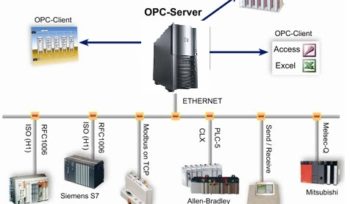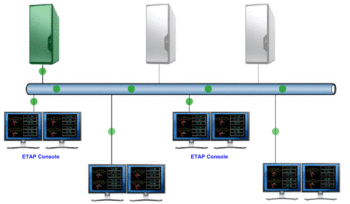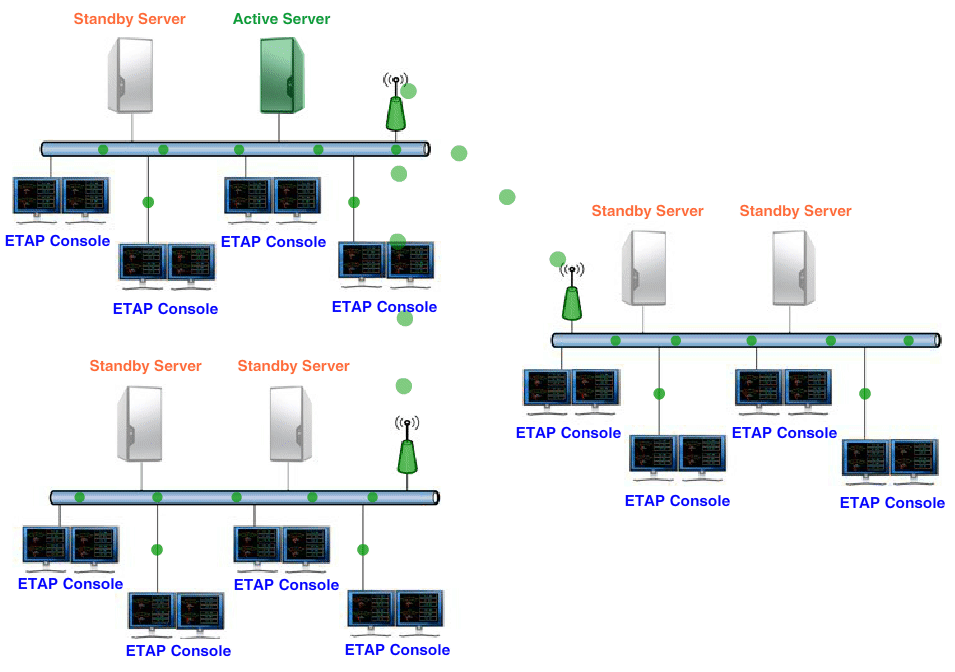SCADA: Supervisory Control and Data Acquisition
Supervisory control and data acquisition (SCADA) is a system of software and hardware elements that allows industrial organizations to:
-
Control industrial processes locally or at remote locations
- Monitor, gather, and process real-time data
- Directly interact with devices such as sensors, valves, pumps, motors, and more through human-machine interface (HMI) software
-
Record events into a log file
SCADA systems are crucial for industrial organizations since they help to maintain efficiency, process data for smarter decisions, and communicate system issues to help mitigate downtime.
The basic SCADA architecture begins with programmable logic controllers (PLCs) or remote terminal units (RTUs). PLCs and RTUs are microcomputers that communicate with an array of objects such as factory machines, HMIs, sensors, and end devices, and then route the information from those objects to computers with SCADA software.
Challenges raised by the scada
A properly executed SCADA automation infrastructure allows companies to better answer operational questions of how can I?



